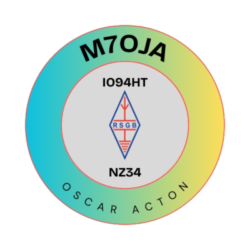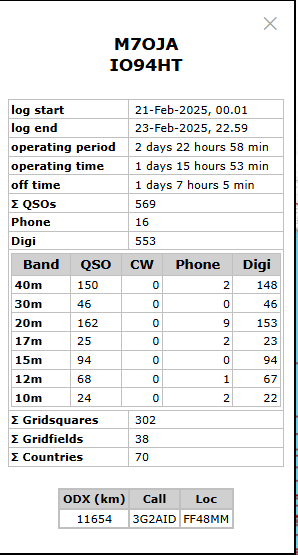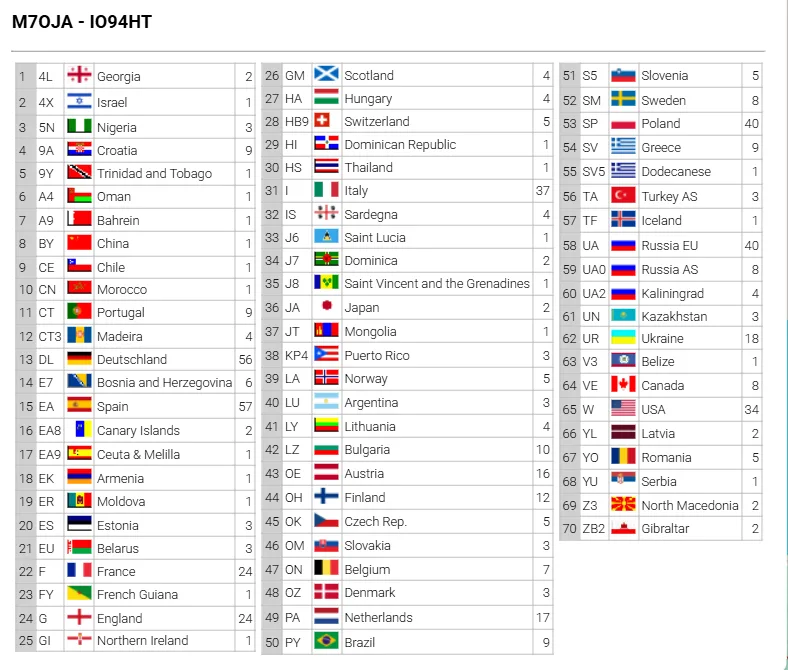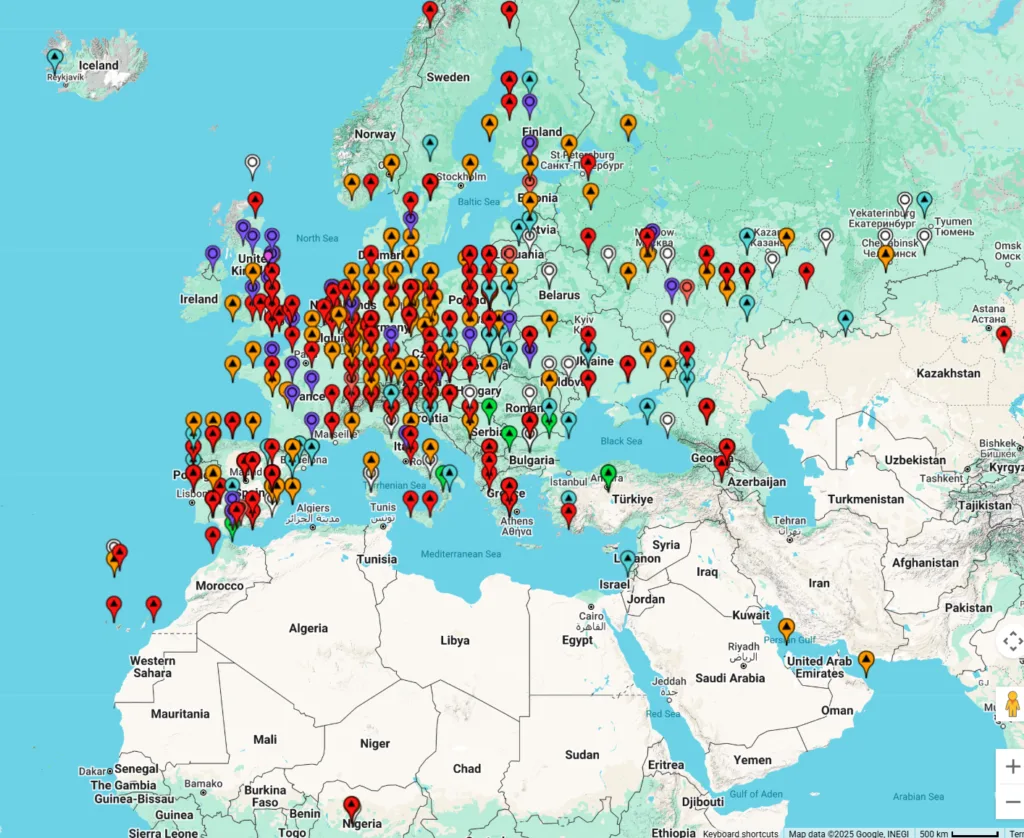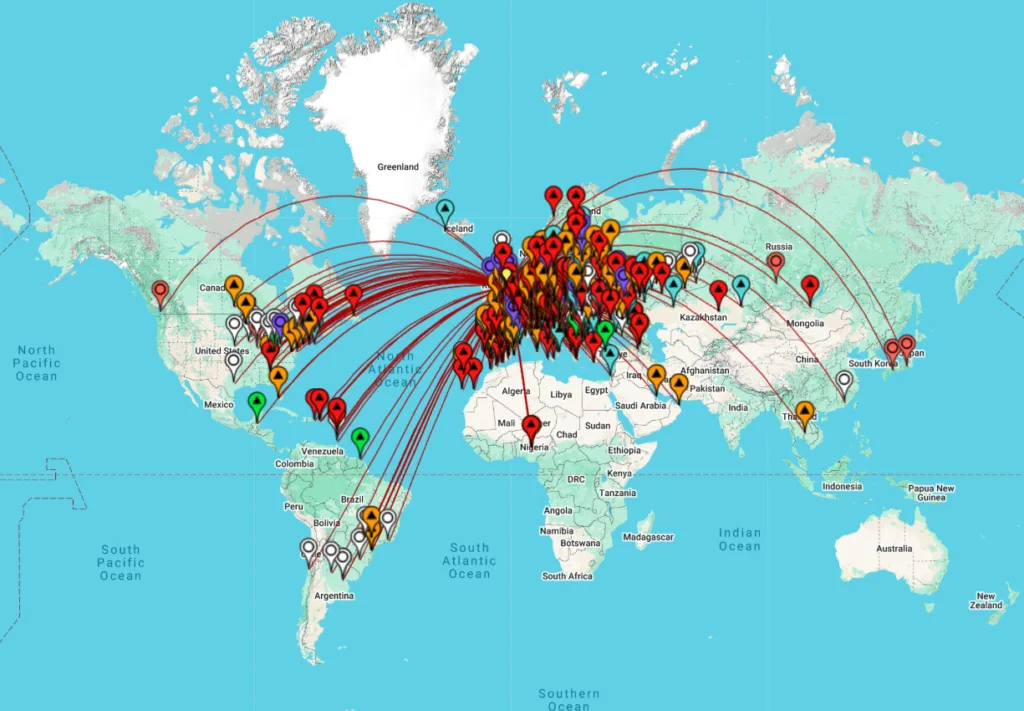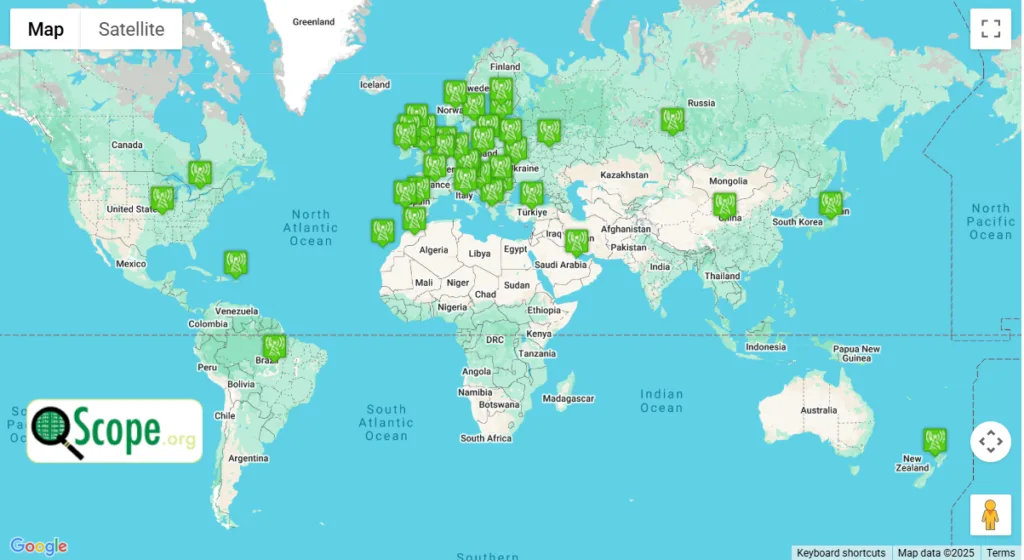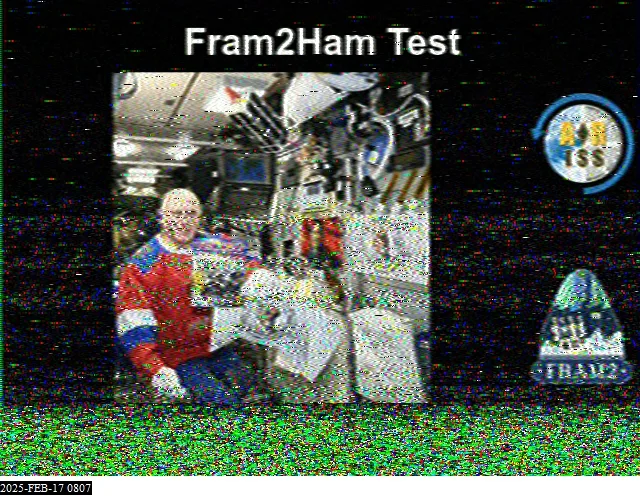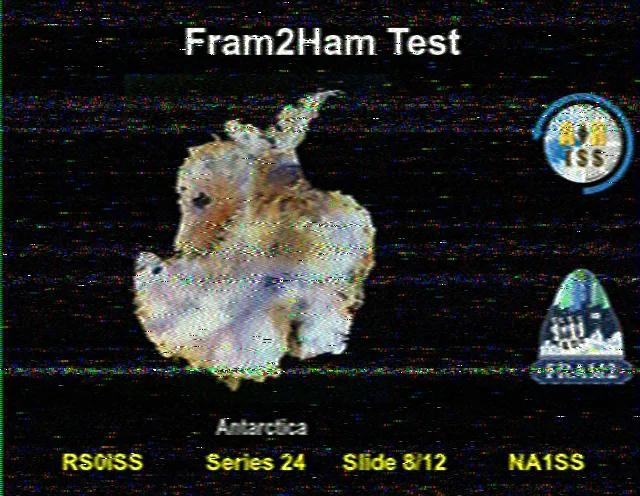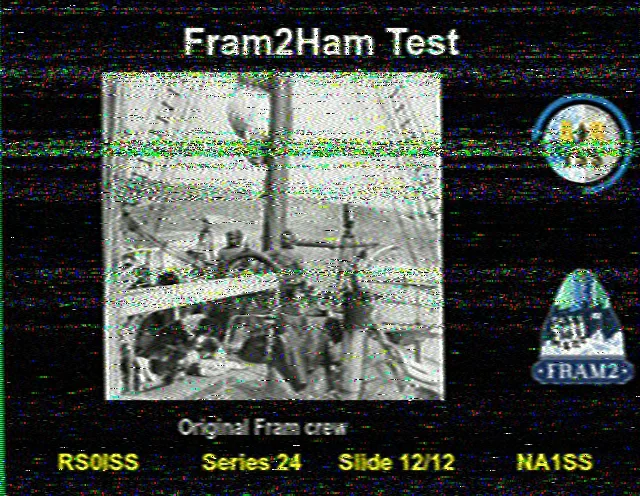Last night, the 24th Feb 2025, I took part in the RSGB FT4 contest for the first time. I was using a 20.5m 49:1 end-fed. As the contest began, my strategy was to start on 20m for any DX contacts before moving on to 40m for as many European DXCCs as possible.
Within about 5 minutes of the contest starting, I realised I wasn’t going to get far on the 10w I was using to enter into the “10w Restricted” category, so I increased my power to the maximum 25w as permitted by my licence. This meant I was able to achieve more points and countries, but this was a disadvantage as I had to enter in the 100w category.
My first contacts as the contest began were to the USA, Morocco and the Canary Islands before moving on to 40m. Unfortunately, I do not have access to 80m at my home QTH, meaning I was unable to collect DXCCs from this band.
On 40m, I was slowly but surely beginning to collect DXCCs, until my computer crashed and I had to restart before JTDX would work again. This set me back around 10 minutes.
Owing to a couple of last minute DXCCs, I finished with 40 QSOs and 25 DXCCs in the log, which was nowhere near the highest score, but still fun to participate and nice to gain a couple of new countries on FT4.
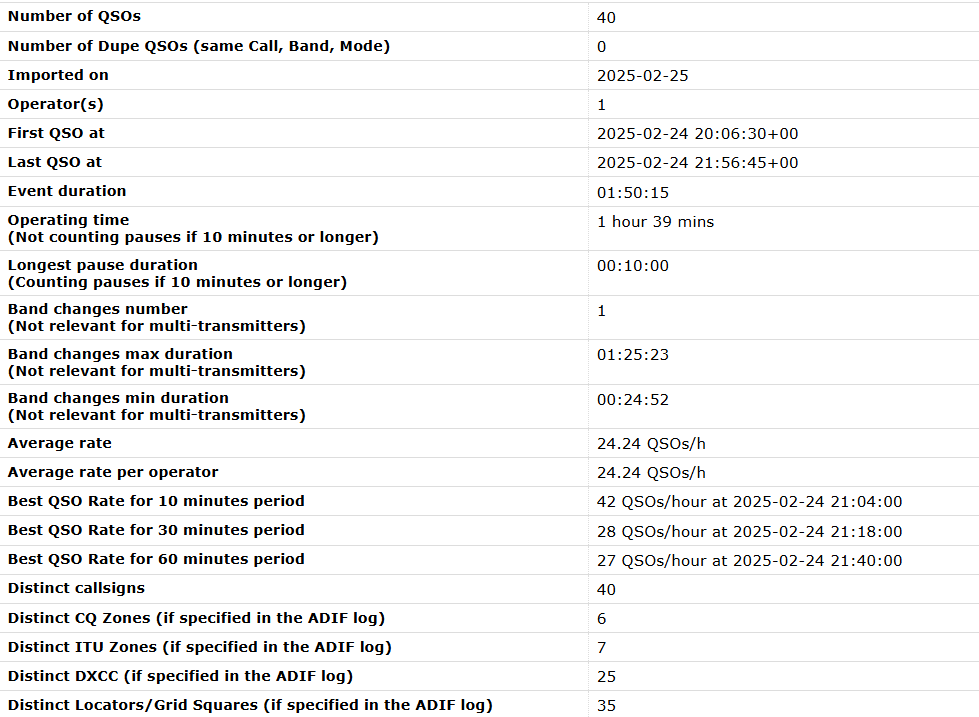
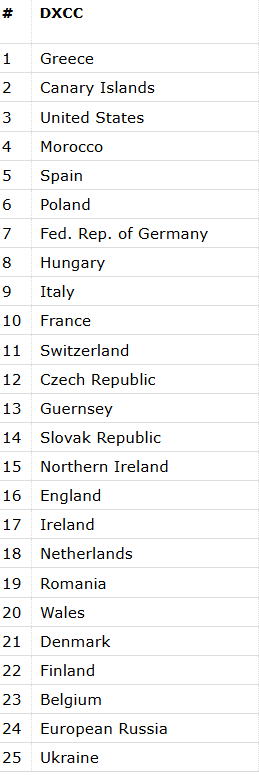
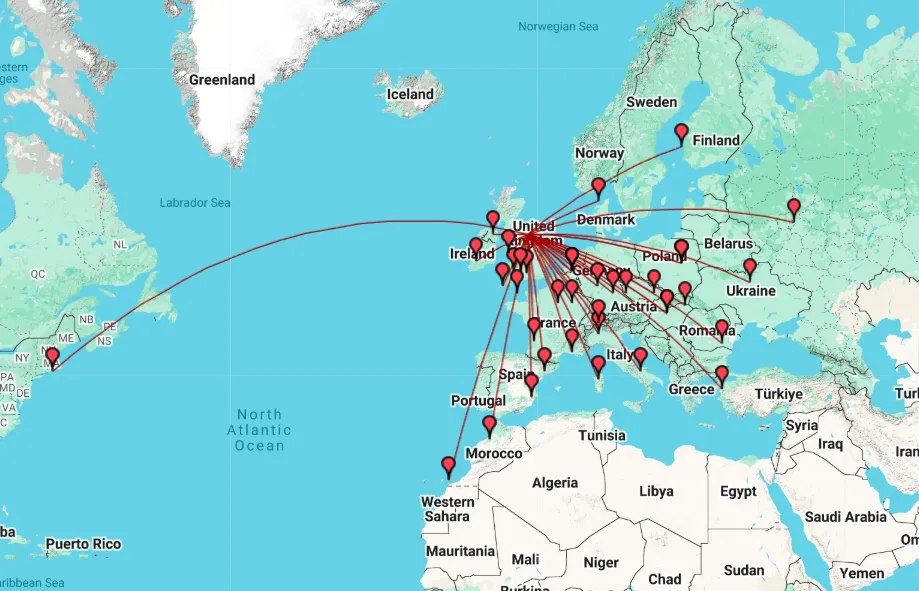
You can read more about the RSGB FT4 contest HERE (link opens in new tab).
73 de M7OJA
